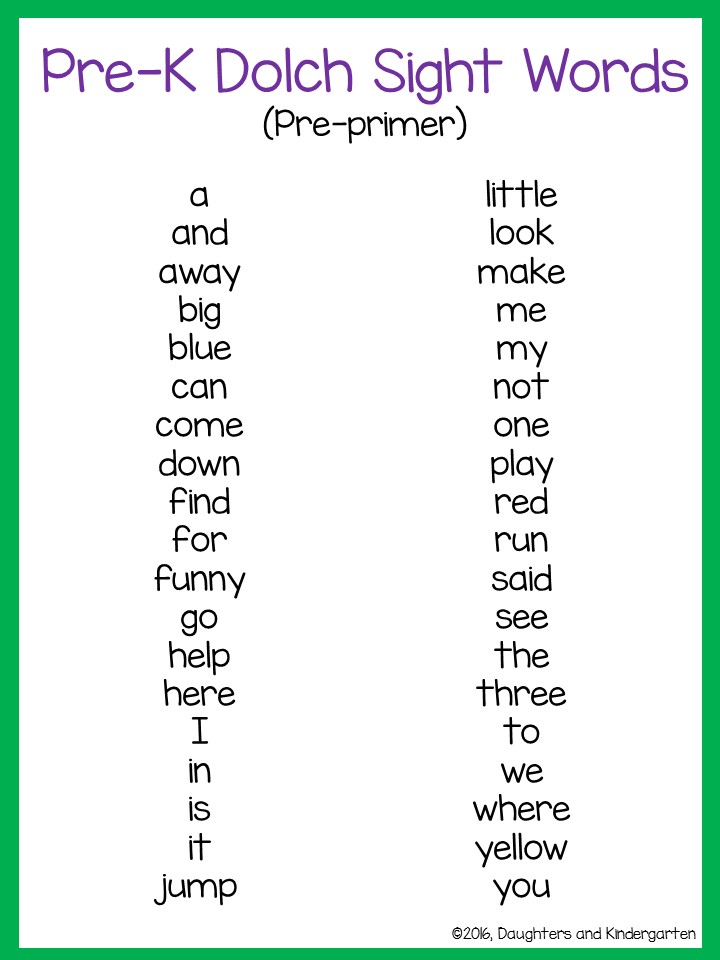
When you introduce the concept, identify which emotion the face is feeling and describe how you know it is feeling that way. Limit feeling jars to just a few choices. Children can examine their expressions and recreate them using different media.

Add non-breakable hand mirrors to the art center. This will help the children practice making different faces to express a variety of emotions. Add non-breakable mirrors to centers or mount them on the wall. Realize children don’t look in a mirror unless they have a full-length mirror at home. A child choosing one of these eggs may spur conversation about that emotion.

The kids love to squish them in their hands. I found some silly squishy eggs with funny faces ( similar to these eggs). This helps him think through how he is feeling.īuilding Emotion Words Understanding with Props This emotional check-in also helps a child assess emotions and feelings. Do you want to move your feeling stick?” This helps children realize feelings change, and it is normal to go from one emotion to another many times a day. As preschoolers come in each morning, as part of the morning routine, they pick their sticks and put them in the container to express how they are feeling at that moment.Īs the day progresses and a child becomes upset, we might say, “You look really sad. Each child has his own craft stick with a picture of themselves. Why do you think she is afraid? Would you feel afraid if you woke up and saw three bears?”Ĭheck out our list of books about emotions for preschoolers.įeeling jars are containers with different pictures showing emotions. Help older preschoolers identify character emotions and possible reasons for those emotions. For example, “Hmm, what does a really mad face look like? Wow! I like how Maria squished her eyebrows together, that tells me she is REALLY mad! If her eyebrows were not squished together, she might be a little mad.” Teaching Emotion Words with Booksīooks set the stage for talking about a variety of feelings in kid-friendly situations. Here are some ways to help children learn to articulate and share their emotions. We can help build their oral language skills with additional words (vocabulary).
PRE K WORDS HOW TO
We need to teach young children how to share what they are feeling to help get their needs met. Additionally, once a negative feeling is shared it can seem less intense. When young children express their feelings, and share them with others, it allows for a deeper connection. Using these ideas, you can help preschoolers identify emotions, use emotion words, learn more about themselves, and understand how to express themselves. A preschooler can feel them, but it is challenging to express those feelings into words.



 0 kommentar(er)
0 kommentar(er)
